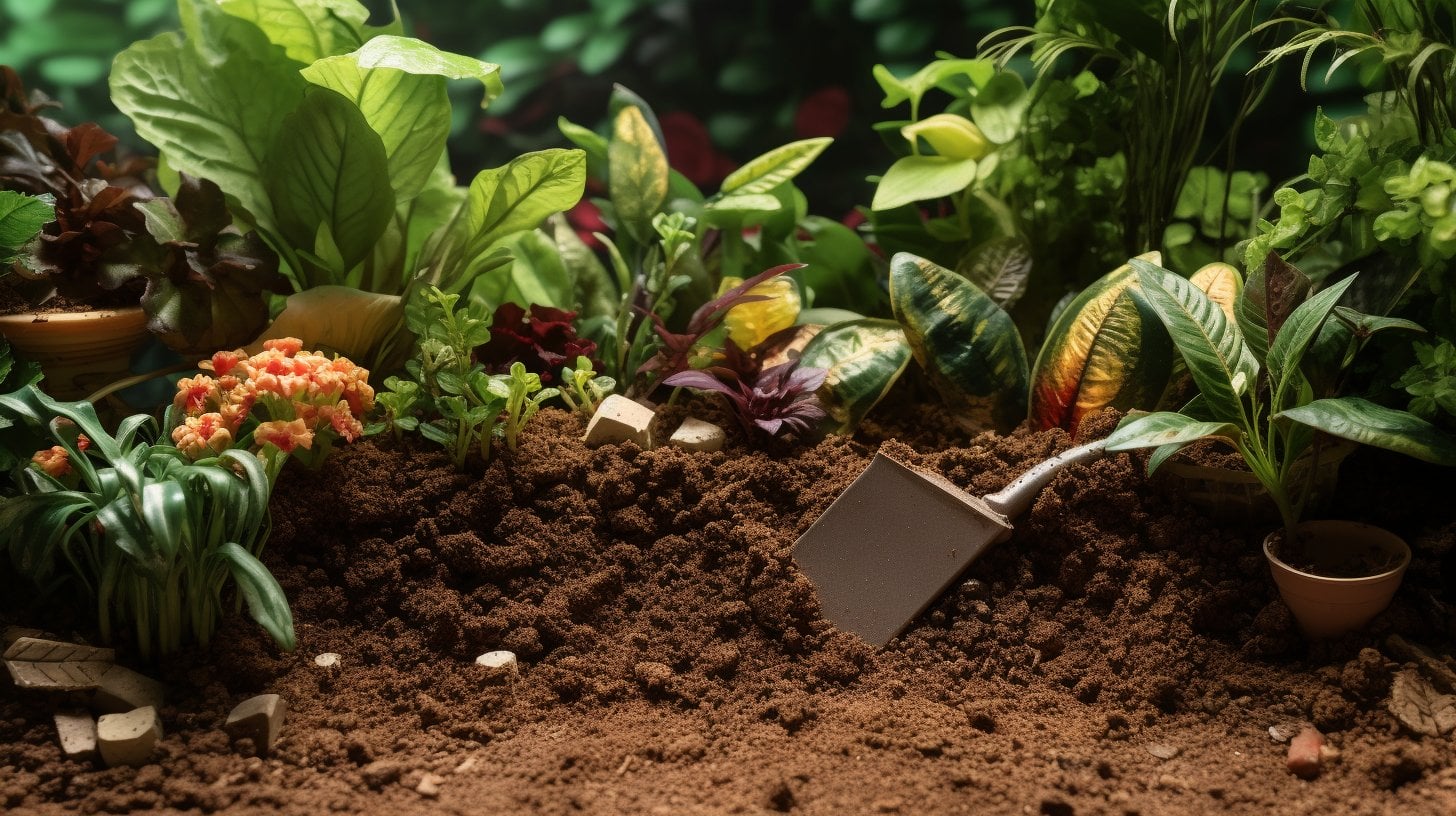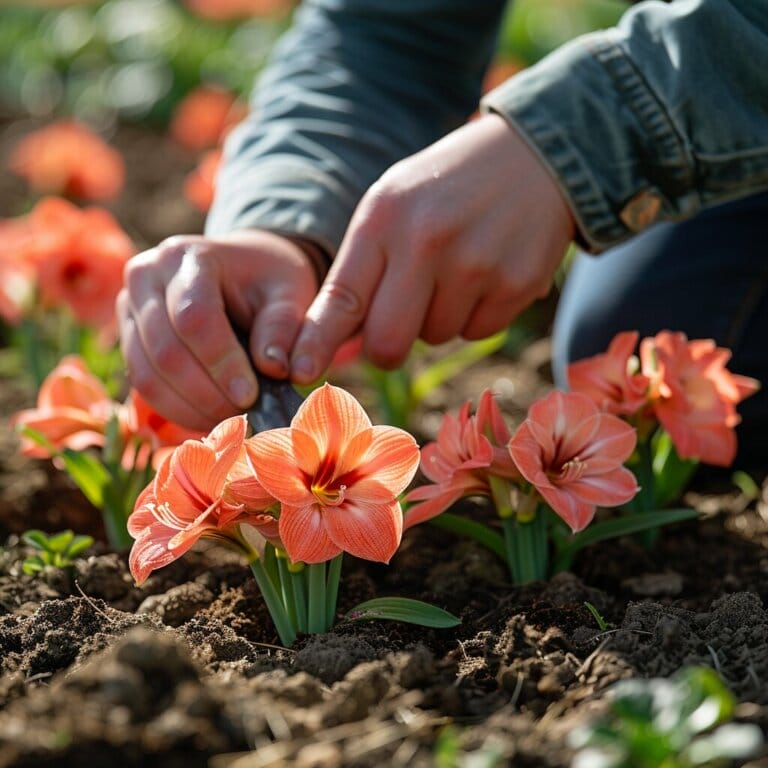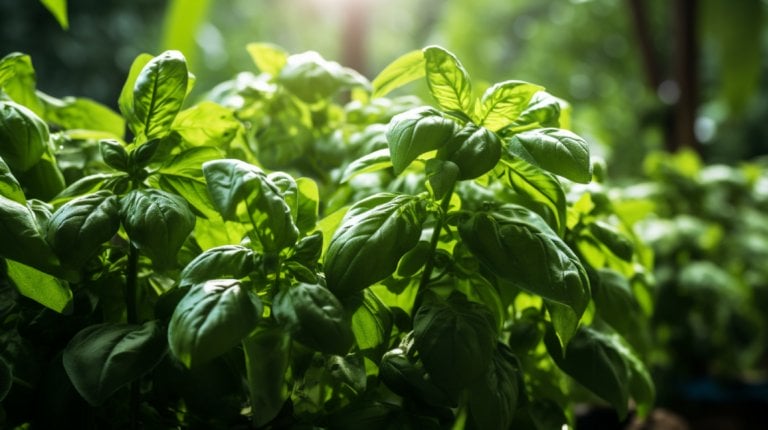How Do You Add Calcium to Soil? Discover Effective Methods
I’ve come to recognize the crucial role calcium plays in plant health. It’s an element that can easily be disregarded, but a scarcity in the soil can yield numerous issues. As a result, I often contemplate, what can I do to enrich my soil with calcium to ensure that my garden thrives and yields abundantly?
In this article, I’ll guide you through understanding calcium’s role, identifying signs of deficiency, and practical strategies for enriching your garden with this essential nutrient.
Let’s dive in to make our plants healthier and more robust!
Key Takeaways
- pH levels play a critical role in calcium uptake by plants, with high acidity reducing calcium availability and alkaline soils hindering calcium absorption.
- Organic sources of calcium, such as eggshells, bone meal, seashells, lime, and gypsum, can increase calcium levels in the soil and promote plant health.
- Different commercial fertilizers of calcium, such as calcium nitrate, gypsum, lime, and bone meal, can be chosen based on specific requirements.
- It is important to conduct a soil test to determine the amount of calcium present and to apply fertilizer of calcium following recommended application rates and timing for maximum absorption.
Identifying Calcium Deficiency in Plants: Key Signs and Underlying Reasons
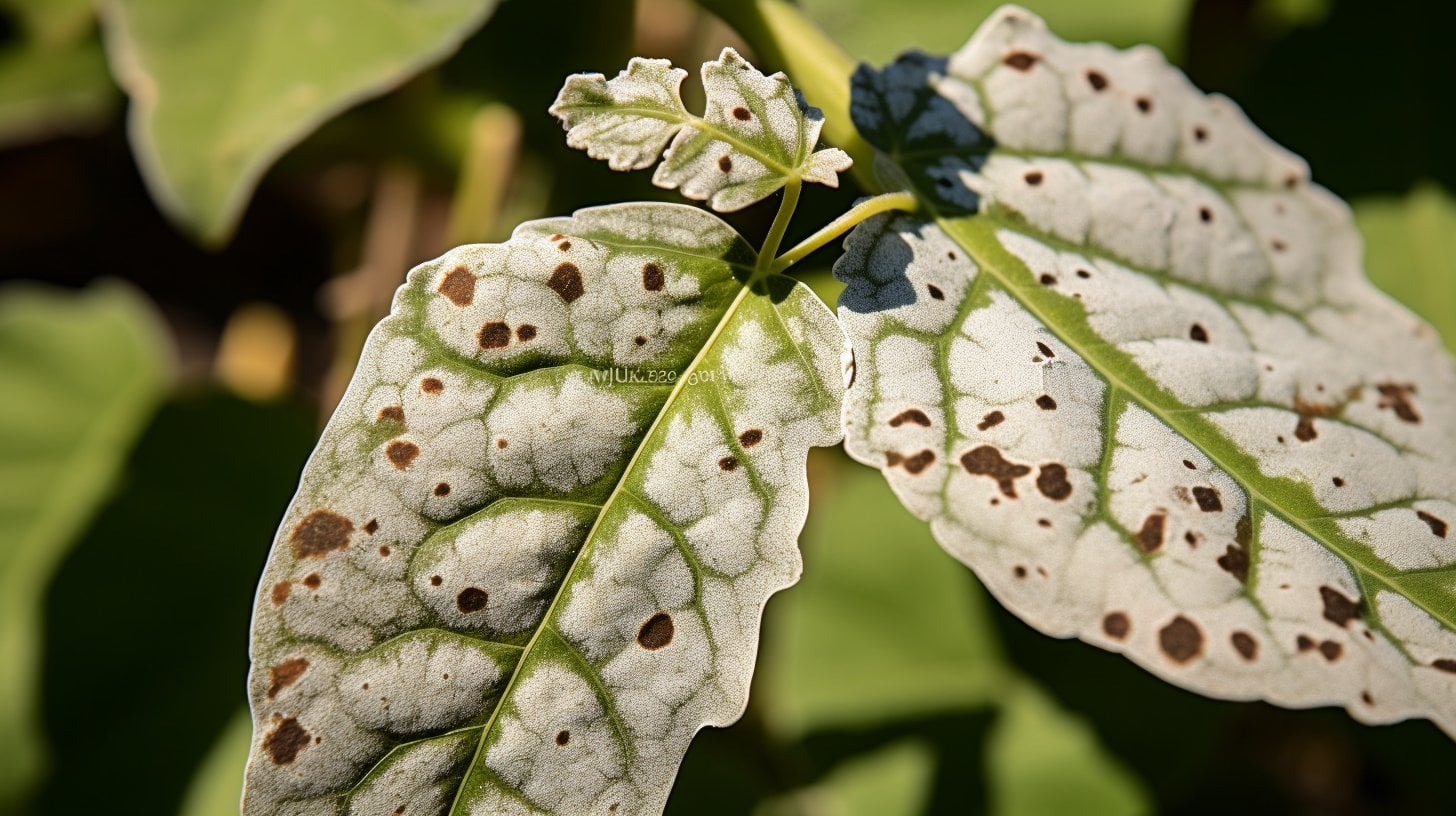
In my gardening journey, I’ve found it essential to understand calcium’s role in plant health and how to spot symptoms of its deficiency.
It’s not just about recognizing the signs; we also need to delve into how soil conditions can contribute to this issue.
Moreover, we can’t ignore the critical role pH level plays in a plant’s ability to uptake calcium – it’s more complex than you might think!
Spotting Symptoms of Calcium Deficiency in Your Plants
You’ll first need to recognize the signs of calcium depletion in your plants before taking any corrective measures. Spotting these symptoms is crucial because plants need calcium for growth.
- Curling leaves
- Stunted plant growth
- Brown or black spots on leaves
- Blossom end rot in fruits
Next, we’ll explore how soil conditions contribute to calcium depletion.
Understanding How Soil Conditions Contribute to Calcium Deficiency
Let’s dive into the different soil conditions. Understanding how soil needs calcium, we identify three primary conditions: pH levels, moisture content, and competition from other nutrients.
| Soil Condition | Effect on Calcium Availability | Solution |
| pH Levels | High acidity reduces availability | Add lime to increase pH |
| Moisture Content | Drought restricts uptake | Water adequately |
| Competition with Other Nutrients | Excess potassium/magnesium can limit absorption | Balanced fertilization |
The Critical Role of pH Level in Calcium Uptake by Plants
Understanding the role of pH level in calcium uptake by plants is critical because it’s this very factor that largely determines how effectively your plants can absorb and utilize this essential nutrient.
An optimal soil pH level enables efficient calcium uptake by plants. In acidic soils, levels of calcium in the soil may not be readily available to plants. On the other hand, alkaline soils can make certain micronutrients less available, hindering calcium absorption.
Regularly testing and adjusting soil pH enhances overall plant health.
Why Calcium Matters: Unveiling the Vital Role of Calcium for Plant Health
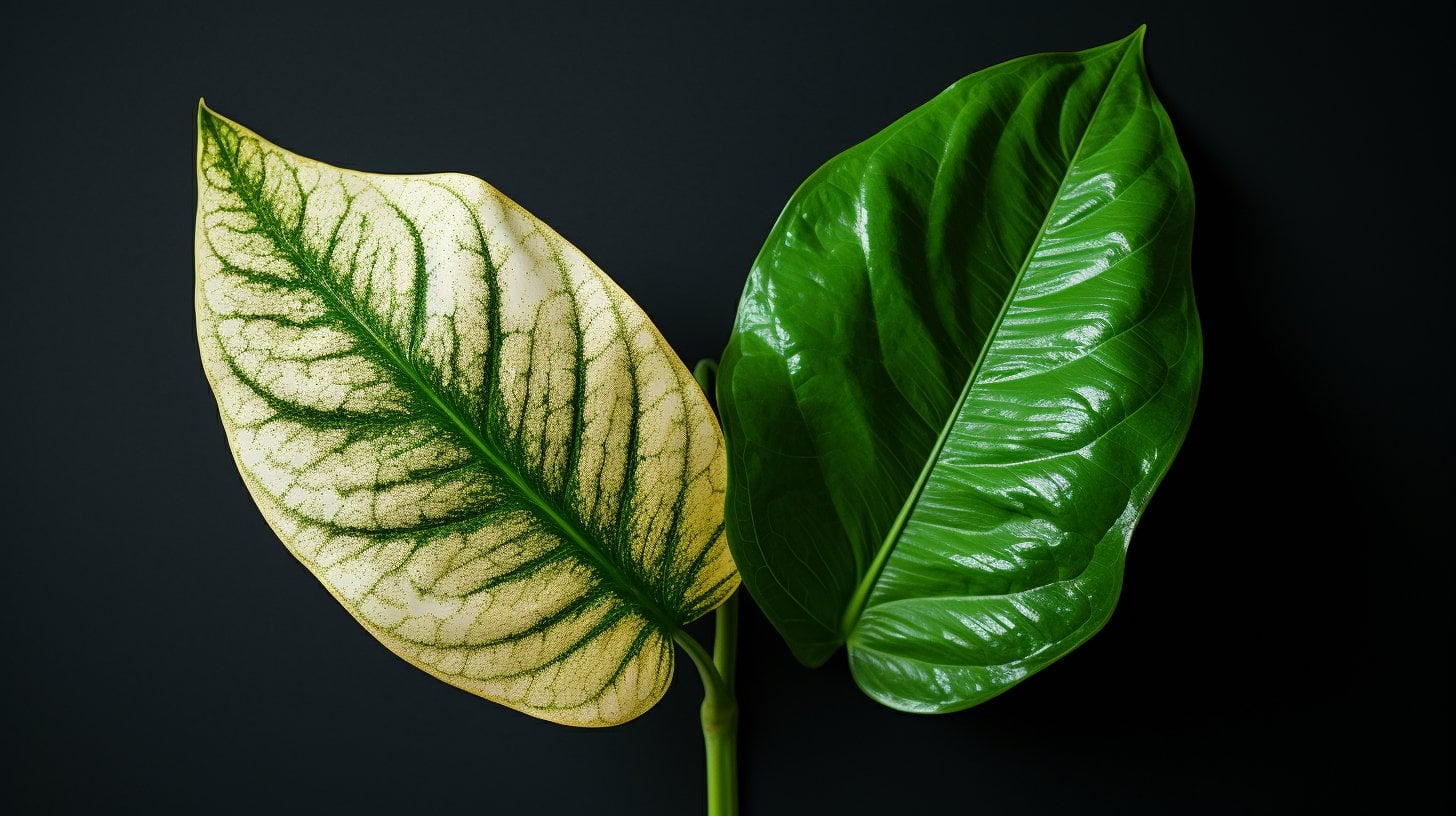
I’m thrilled to delve into the fascinating topic of calcium’s crucial role in plant health.
I’ll explore how calcium impacts plant growth and productivity, highlight its significance in disease resistance and stress tolerance, and then dive deeper to unravel the complex interactions between calcium and other nutrients within plants.
It’s an intriguing subject that unveils just how essential this often overlooked nutrient is for overall plant well-being.
How Calcium Affects Plant Growth and Productivity
You will significantly improve plant growth and productivity when you put calcium in your soil. This vital nutrient influences the growth of plants in several key ways:
- Calcium in soil fortifies cell walls, enhancing plant structure.
- It regulates nutrient uptake and use, optimizing productivity.
- Calcium affects plants’ stress responses, boosting resilience.
- It aids in root development, supporting overall vitality.
Understanding calcium for plants is crucial for gardening mastery.
The Importance of Calcium in Disease Resistance and Stress Tolerance
It’s critical to note that calcium plays a significant role in enhancing disease resistance and stress tolerance in plants. The importance of calcium can’t be overstated; it’s a game-changer for your soil.
If you see signs of calcium deficiencies, act swiftly! Remember, the level of calcium affects every aspect of your plant’s health.
Diving Deeper: Calcium and its Interactions with Other Nutrients in Plants
We’re about to delve deeper into how calcium interacts with other nutrients within plants. As we explore, keep in mind the key role of calcium in plants’ growth and development. Also, be aware of the signs of calcium depletion and the effects of lack of calcium on overall health. Additionally, consider how the availability of calcium influences nutrient balance.
Now that we’ve grasped this complexity let’s transition to tapping into nature’s bounty: organic sources of calcium for your garden.
Tapping into Nature’s Bounty: Organic Sources of Calcium for Your Garden
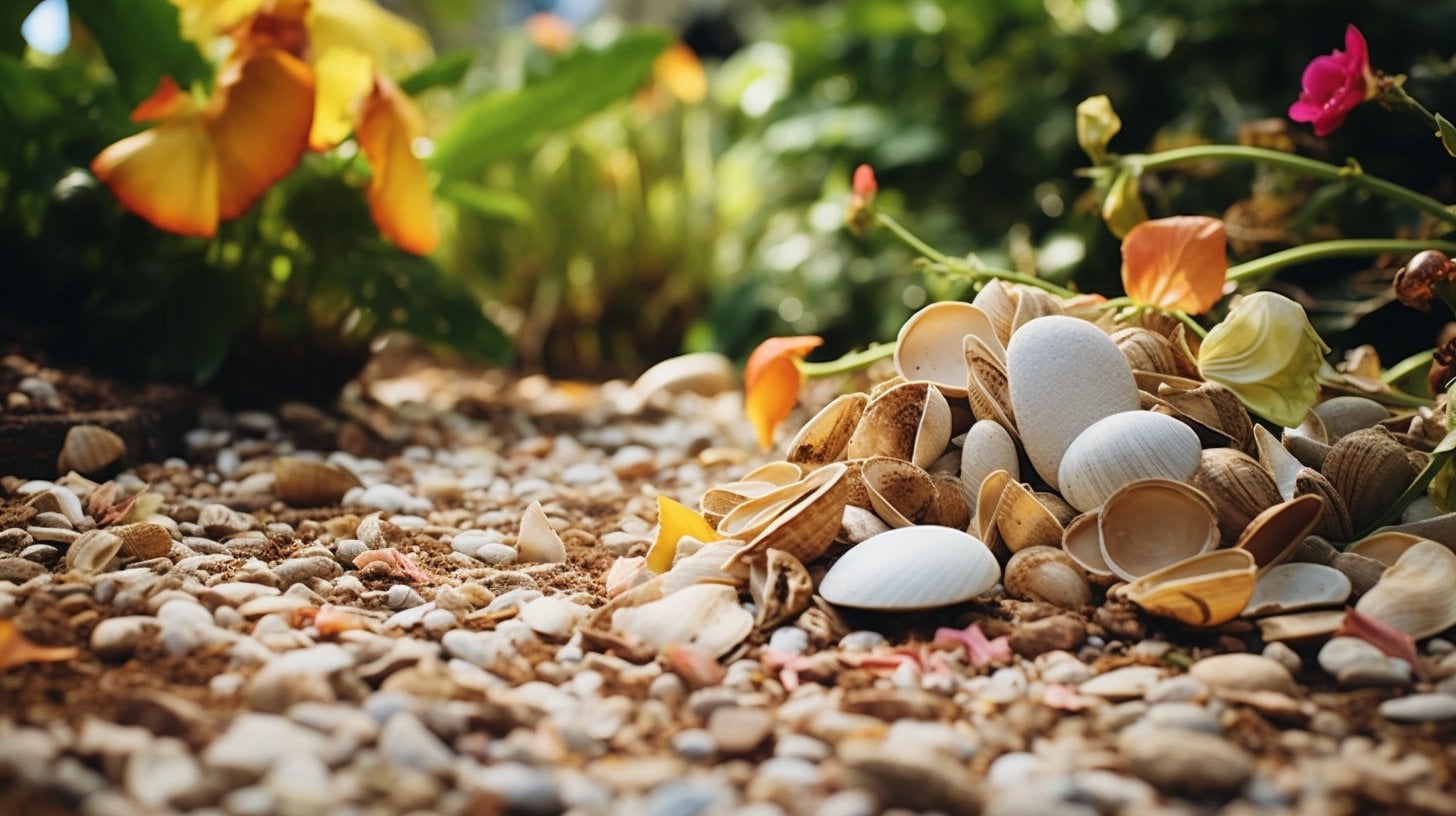
In my gardening journey, I’ve discovered some incredible natural sources of calcium that can boost the health of our soils and, consequently, our plants.
We’ll start by looking at how we can use eggshells as a rich, accessible source of this vital nutrient.
Then, we’ll delve into the benefits of using bone meal to ramp up soil levels of calcium.
We’ll also explore other organic materials brimming with calcium, such as seashells, lime, and gypsum.
Using Eggshells as a Natural Source of Calcium for Soil
You’ll love using eggshells as a natural source for your soil; they’re effective and eco-friendly!
- Enhances soil health with essential nutrients
- Increases levels of calcium in the soil
- Utilizes waste, promoting sustainability
- Provides slow-release of calcium, ensuring long-term benefits
Remember, adding eggshells is an organic way of calcium to the soil.
Now, let’s explore another method.
Boosting Soil Calcium Levels with Bone Meal
Boosting those levels of calcium with bone meal is another great option to consider! As a soil additive, bone meal is an excellent source. If you want to add more calcium, consider incorporating this into your regimen.
| Bone Meal | |
| Pros | Boosting soil levels of calcium Good source of calcium |
| Cons | Might not be suitable for all soils Overuse can lead to nutrient imbalance |
Exploring Other Organic Materials Rich in Calcium: Seashells, Lime, and Gypsum
Let’s explore other calcium-rich organic materials that can benefit your garden. Seashells, lime, and gypsum are excellent options to consider.
Seashells add lime and are excellent sources of calcium for plants. They can help improve plant health and productivity.
Lime contains high levels of calcium carbonate, which is essential for plant growth. Adding lime to your soil can significantly boost calcium for your plants.
Gypsum is another organic material that provides the soil with calcium sulfate. It can help improve soil structure and enhance nutrient availability for plants.
All these organic sources of calcium are great additions to your gardening routine. They can help promote healthy plant growth and improve overall productivity.
Making the Most of Commercial Calcium Supplements: Your Guide to Calcium Fertilizers
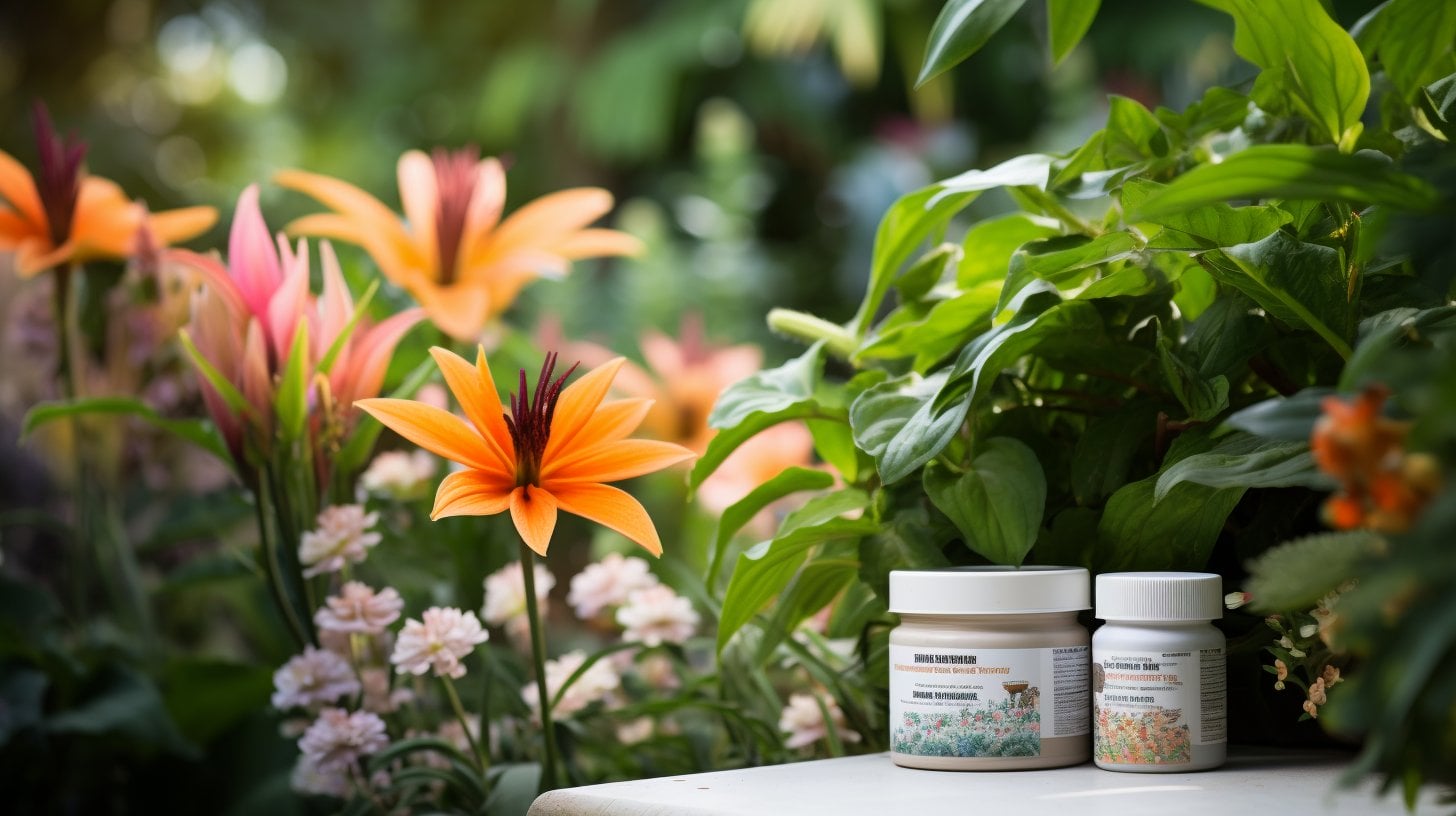
In today’s discussion, we will delve deeper into the world of commercial fertilizers of calcium. I’ll help you understand the different types available in the market and guide you in determining the amount of calcium your soil truly needs.
We’ll also explore best practices for applying these fertilizers to maximize benefits and minimize risks, ensuring that your garden thrives without any hitches.
Understanding Different Types of Commercial Calcium Fertilizers
There are several types of commercial calcium fertilizers that you can use to increase the calcium content in your soil. When putting calcium, it’s crucial to choose the right product.
- Calcium nitrate: High calcium and quick acting.
- Gypsum: Adds high amounts of calcium to the soil without changing pH.
- Lime: Raises pH and adds calcium.
- Bone meal: Slow-release organic fertilizer packed with high calcium.
Each brings unique benefits, so select carefully based on your requirements.
Determining How Much Calcium Your Soil Needs
Determining how much of a boost your ground needs can be tricky, but it’s an essential step to ensure the health of your plants.
A soil test is crucial in determining the amount of calcium your soil needs. It measures the calcium in your garden soil and helps you decide on the right calcium source for optimal growth.
Applying Calcium Fertilizers: Best Practices for Maximizing Benefits and Minimizing Risks
Applying fertilizers rich in calcium must be done cautiously, as it’s crucial to maximize benefits while minimizing risks. Here’s my approach:
- I always test the soil first to determine its lack of calcium.
- I carefully choose and use high-quality calcium fertilizers.
- I follow recommended rates when applying calcium fertilizers.
- Finally, I apply at the right time for maximum absorption.
Do-It-Yourself Calcium Boosters: Simple Ways to Add Calcium to Your Soil at Home

We will dive into a captivating discussion on some simple yet practical ways of adding calcium to your soil right at home.
I’ll walk you through an easy step-by-step guide on how to prepare homemade calcium from eggshells, and we’ll explore how vinegar can be used to increase the availability of calcium in soil.
Moreover, we must tackle common mistakes that are often made so you can avoid them and ensure the best care for your plants.
Preparing Homemade Calcium from Eggshells: A Step-by-Step Guide
You’ll be surprised how easy it is to prepare homemade calcium from eggshells! I’ve developed a step-by-step guide for you to make homemade calcium.
- Collect and clean eggshells
- Dry them out thoroughly
- Grind into a fine powder
- Mix this directly into your soil
These are simple ways to add calcium to the soil. Embrace this method and master enriching your garden with homemade nutrients.
Using Vinegar to Increase Calcium Availability in Soil
Vinegar’s acidity can help to make more calcium available in your garden. It’s a simple way, particularly if you’re using calcium chloride. Here’s a table illustrating how vinegar affects available calcium:
| Using Vinegar | Available Calcium Level |
| Without Vinegar | Low |
| With 5% Vinegar Solution | Moderate |
| With 10% Vinegar Solution | High |
| With 15% Vinegar Solution | Very High |
Understanding and applying this technique effectively boosts soil health.
Common Mistakes to Avoid When Adding Calcium to Your Soil
It’s important to be aware of common errors that could hinder your efforts in optimizing soil calcium levels. Knowing how to add it effectively is as crucial as understanding the common mistakes to avoid.
- Overloading the soil with quicklime
- Neglecting pH balance after amendment
- Ignoring signs of other nutrient deficiencies
- Forgetting that getting enough calcium requires continuous effort
After boosting your soil’s calcium levels, ensure the healthiest start for your new plants with our guide on the best rooting hormone for cuttings.
Frequently Asked Questions
What Are Some Common Misconceptions About Adding Calcium to Soil?
Some folks believe you can’t overdo calcium in soil, but that’s not true. Too much can cause an imbalance of other nutrients. Also, it’s a myth that all plants need added calcium to thrive.
How Does the Climate or Weather Affect the Amount of Calcium Needed in the Soil?
Climate greatly affects calcium needs in soil. Heavy rainfall can leach calcium, requiring more to be added. Conversely, dry climates may not need as much since there’s less leaching. I adjust the amounts accordingly.
Can Too Much Calcium Harm the Plants or Make the Soil Less Fertile?
Yes, too much calcium can indeed harm plants and reduce soil fertility. It can cause a nutrient imbalance, blocking the absorption of other vital nutrients like potassium and magnesium, which are crucial for plant growth.
Are There Specific Plants or Crops That Require More Calcium Than Others?
Yes, some plants definitely need more calcium than others. Tomatoes, peppers, and apples are known for their higher calcium requirements. It’s critical to ensure these crops get enough calcium to grow properly.
How Often Should I Test My Soil’s Calcium Levels to Ensure Optimal Plant Health?
I’d suggest testing it on your soil annually. This frequency helps you monitor changes, ensuring optimal plant health. If there’s a deficiency, I will implement corrective measures and retest in three to four months.
Conclusion
So, there you have it! I’ve shown you how to identify calcium depletion in your plants. I’ve also explained why calcium is so crucial for their health. Additionally, I’ve discussed the various ways to add it to your soil. Whether you choose organic sources, commercial supplements, or DIY methods, remember that a well-nourished garden starts with healthy soil.
Don’t wait; start boosting your garden’s calcium levels today!

